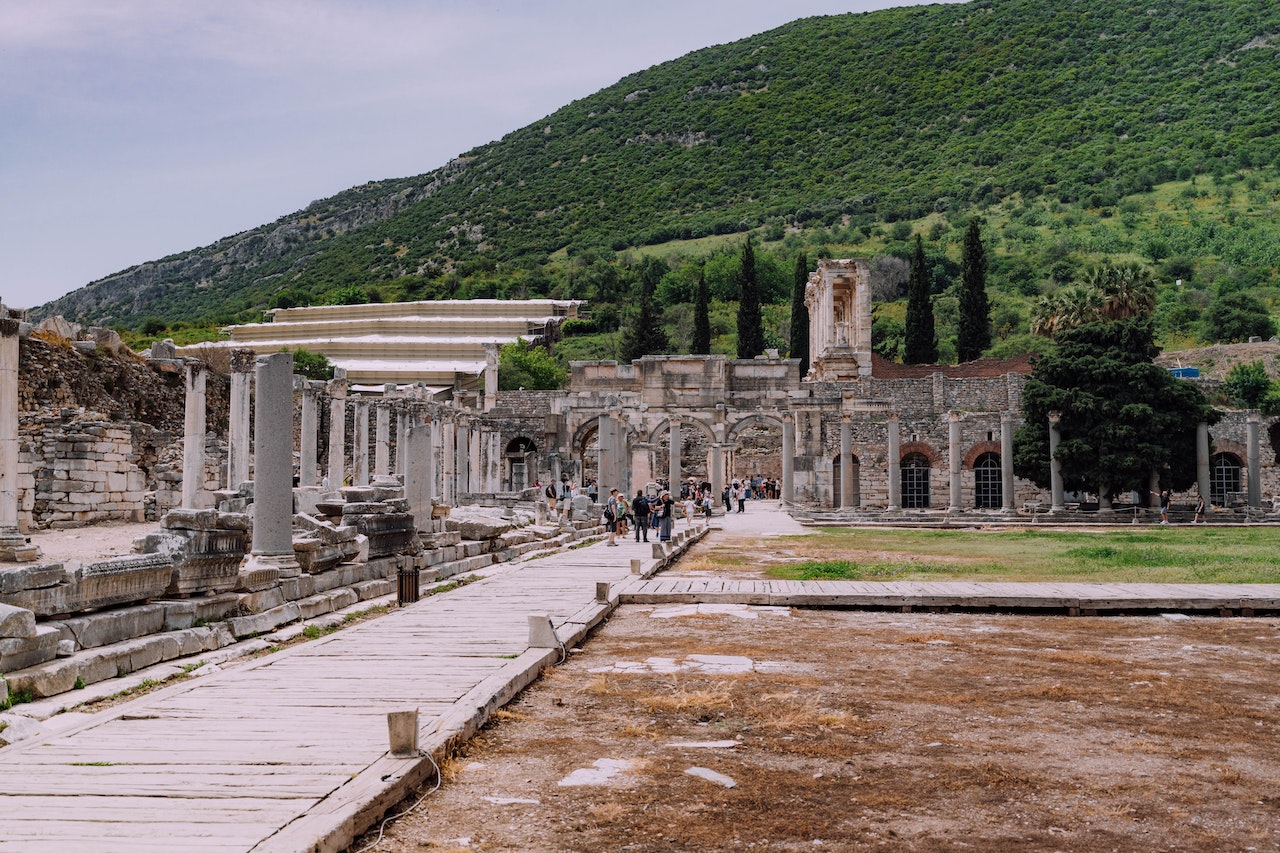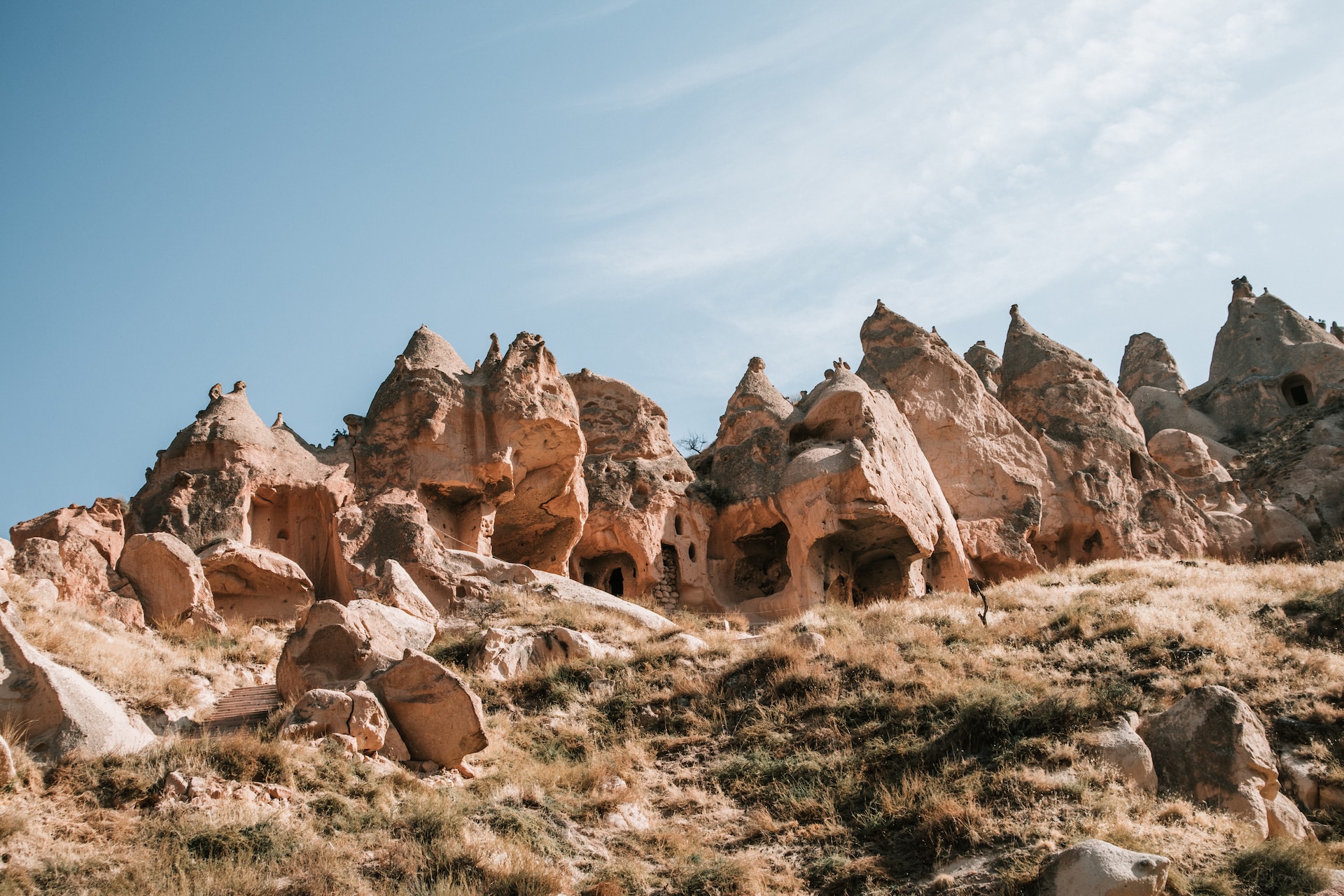Turkey, a land steeped in history and captivating tales of civilizations long gone, never ceases to amaze the world with its archaeological wonders. From the mighty Hittites to the enigmatic Byzantine Empire, Turkey’s rich heritage continues to be unveiled through remarkable discoveries. In this article, we embark on a captivating journey to explore some of the most intriguing ancient structures recently unearthed in Turkey, shedding light on the secrets of the past and providing a glimpse into the lives of those who once walked these ancient lands.
Göbekli Tepe: A Mesolithic Masterpiece
Hidden beneath the soil of southeastern Turkey, Göbekli Tepe stands as a testament to humanity’s earliest attempts at monumental architecture. Dating back over 11,000 years, this astonishing site predates Stonehenge by several millennia. Comprised of intricately carved stone pillars arranged in circular patterns, Göbekli Tepe challenges conventional wisdom about the development of civilization. The intricate reliefs depicting animals and mythical creatures suggest a sophisticated belief system, pushing the boundaries of our understanding of prehistoric societies. You can take a look another article about Göbekli Tepe here. (Location)
Ephesus: A Window into Ancient Rome
Situated on the Aegean coast, the ancient city of Ephesus flourished under Roman rule and remains a remarkable archaeological treasure trove. Recent excavations have revealed astonishingly well-preserved structures, including the magnificent Library of Celsus and the vast Theater of Ephesus. These iconic landmarks offer a glimpse into the grandeur of ancient Roman urban planning and architectural prowess, showcasing the city’s former glory as one of the most prominent cities of the ancient world. (Location)
Hattusa: Capital of the Hittites
Deep within central Anatolia lies Hattusa, the capital of the mighty Hittite Empire that ruled over much of Anatolia during the Late Bronze Age. Archaeologists have unearthed impressive ruins, such as the Great Temple and the Lion Gate, which showcase the advanced engineering skills and artistic mastery of the Hittites. The discovery of thousands of clay tablets inscribed with the Hittite language has greatly contributed to our understanding of this once-forgotten civilization. (Location)
Catalhöyük: The Neolithic Enigma
Catalhöyük, located in central Turkey, provides valuable insights into the early stages of human settlement and communal living. This sprawling Neolithic site, dating back over 9,000 years, is an architectural marvel with its densely packed mud-brick houses and absence of streets. Intricate wall paintings depicting animals and abstract symbols hint at a complex society with a spiritual connection to the natural world. Catalhöyük challenges our perceptions of early human societies and offers a glimpse into their everyday lives. (Location)
Ani: The Ghost City
Once a bustling metropolis on the Silk Road, the ancient city of Ani now stands in ruins on the border between Turkey and Armenia. Ani’s grandeur is evident in its towering cathedrals, palaces, and fortified walls. Despite centuries of neglect and earthquakes, the remnants of its religious and secular buildings still evoke a sense of awe. Recent restoration efforts aim to preserve this UNESCO World Heritage site, allowing visitors to experience the faded grandeur of a city that was once a melting pot of cultures. (Location)
Turkey’s ancient structures continue to captivate and inspire, offering a tantalizing glimpse into the lives of our ancestors and the civilizations they built. From the enigmatic stone pillars of Göbekli Tepe to the grand ruins of Ephesus and Hattusa, each discovery brings us closer to unraveling the mysteries of the past. These archaeological wonders not only contribute to our knowledge of history but also serve as a reminder of the remarkable ingenuity and artistic achievements of ancient cultures. As new excavations and research continue to unfold, Turkey remains a treasure trove for archaeologists and history enthusiasts alike, keeping the allure of its ancient structures alive for generations to come.


